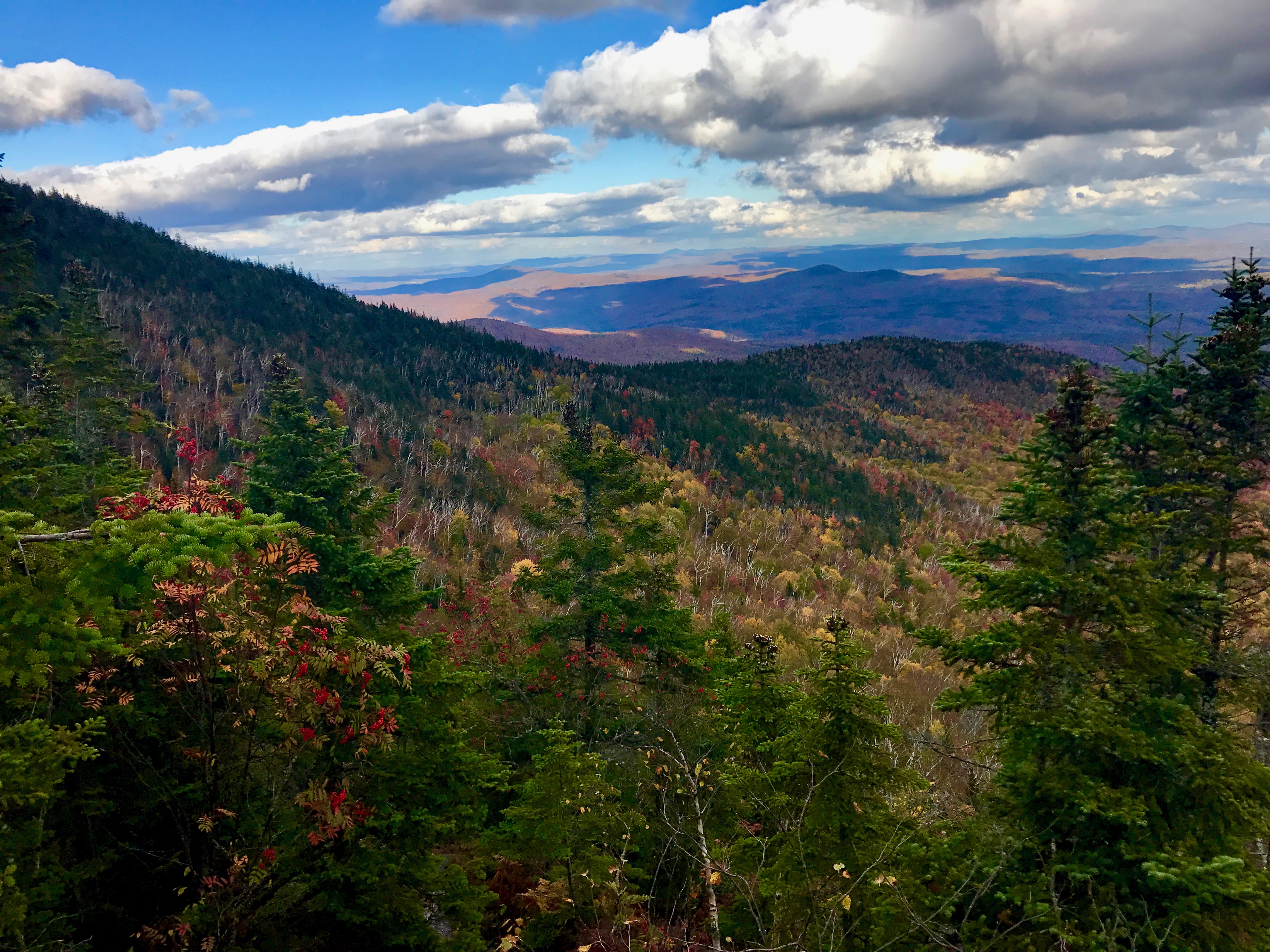Vermont and New England Forests Face More Precipitation and Milder Winters
Feb. 28th 2018In Vermont and across New England and northern New York, many economically and culturally important tree species and forest communities face increasing threats under warmer and more variable conditions, according to a new assessment of the vulnerability of the region’s forests to climate change led by the USDA Forest Service Northern Research Station.
A team of scientists and natural resource managers from the Forest Service, state natural resource agencies, other federal agencies, universities, and conservation organizations contributed to the report published in January 2018.
“Forests in Vermont and across the northeastern United States are under increasing stress from changing temperatures and precipitation regimes and increasing prevalence of invasive insects and disease, generating considerable uncertainty about how to best sustainably manage these resources into the future,” said Anthony D’Amato, a forest researcher at the University of Vermont Rubenstein School of Environment and Natural Resources. “This report provides important accounting of the vulnerability of different forest types to these future changes and represents an important tool for guiding forest management decisions under uncertain future conditions."
Of the nearly 53 million acres of land in Maine, Vermont, New Hampshire, Massachusetts, Connecticut, Rhode Island and northern New York, about 40 million acres are forest. Maple/beech/birch and spruce/fir are the most abundant forest-type groups across the area, and private individuals and organizations own about 80 percent of the forest land.
“We see evidence that climate change is having an impact on the region’s forests, with damage from extreme precipitation events and insect pests,” said Maria Janowiak, a climate specialist with the Forest Service’s Northern Institute of Applied Climate Science. “Future changes could dramatically alter the landscape that characterizes the region.”
How New England climate, tree species and habitat may change:
- Precipitation is projected to increase in winter and spring across a range of climate scenarios. Intense precipitation events are expected to continue to become more frequent.
- Winters will continue to become shorter and milder. Snowfall is projected to continue to decline across the assessment area, with more winter precipitation falling as rain.
- Soils are projected to be frozen for shorter periods during winter.
- High-elevation, boreal species such as balsam fir, red spruce, and black spruce are expected to decline along with loss of suitable habitat.
- Conditions will decline for other common northern species such as sugar maple, paper birch, and northern white cedar, especially in the southern part of the region.
- Habitat conditions will become more favorable for species such as black cherry, yellow poplar, and several oak and hickory species, all trees that are currently found south of New England.
- Major shifts in forest tree species composition across the landscape may take 100 years or more in the absence of major disturbances.
The in-depth information provided in this new report will help land managers make forest ecosystems more resilient and adaptable to future conditions.
 ecoNEWS VT
ecoNEWS VT